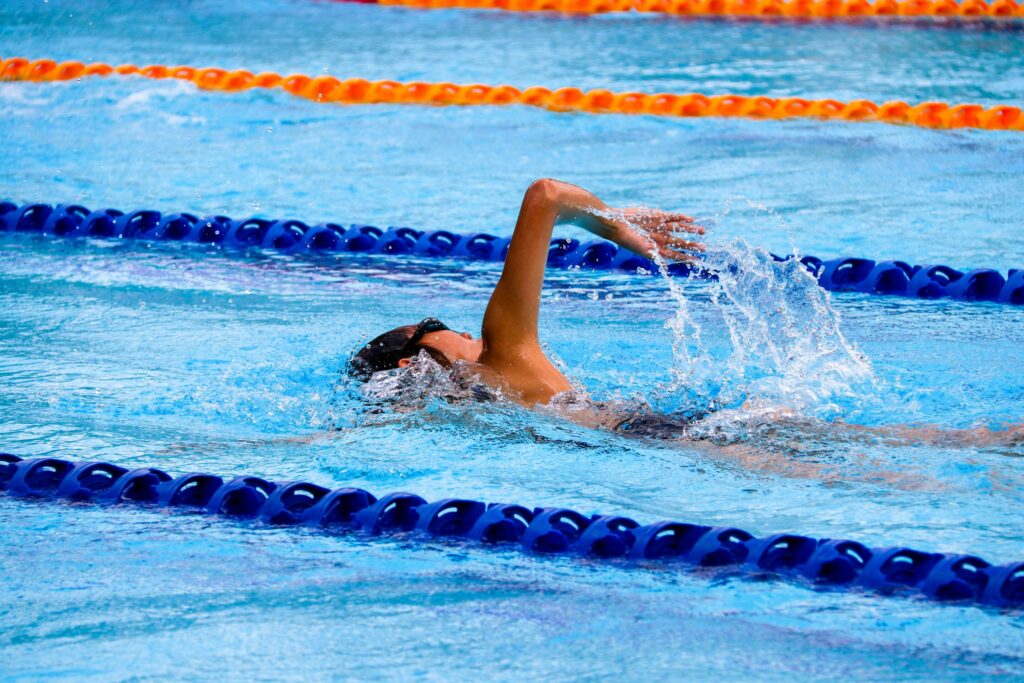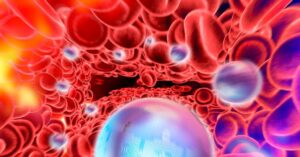
New research into the muscles of world-class athletes and performance artists has unveiled that a select few “general motor skills” elevate these experts above regional-level and novice competitors. This discovery has intriguing implications for competitive sports and musculoskeletal health.
Contrary to the common belief that athletic motor skills are highly specific to individual sports or activities, the study found that fundamental traits, previously unexamined, are linked to world-class performance across various athletic disciplines.
Understanding the Core Findings
“We discovered that world-class experts across fields minimize inefficient elastic tissue motions compared to regional-level athletes and non-experts,” stated Dr. Praneeth Namburi, a Research Scientist at the MIT.nano Immersion Lab. These inefficient motions, such as physiological tremors, do not contribute to the net effect of muscles on body movement, effectively wasting valuable time and energy.
Using a combination of motion capture, accelerometry, and ultrasound imaging with deep learning and optical flow analysis, Dr. Namburi and his team tracked both external body movements and the motion of internal elastic tissues. This study involved world-class athletes, regional-level athletes from diverse disciplines, and untrained non-experts performing a simple reaching task.
Surprising Insights
The researchers were surprised to find that regional-level athletes exhibited similar body movement inefficiencies to non-experts. However, they achieved better performance by accomplishing the same amount of body movement with relatively smaller muscle length changes.
“While it may seem intuitive that experts’ muscles move differently from those of intermediates and non-experts, it is less obvious that muscle motions of experts in different disciplines would differ from non-experts in the same way,” said Dr. Namburi.
Dr. Namburi noted that experts across fields share common characteristics: fewer tremors, reduced transverse muscle motions, and more effective muscle-length changes.
Implications for Training and Health
Dr. Namburi became inspired to explore general motor traits after taking up ballroom dance lessons during his graduate studies. He wanted to understand the underlying motor skills shared by all types of movement. “Highly skilled athletes are re-purposing the elastic mechanisms we all use in everyday activities like walking—they just do it more frequently and reliably than most people,” he explained.
This research could benefit athletes and performance artists in developing sustainable training habits while also reducing healthcare costs by creating a workforce less susceptible to injuries like back pain. “For example, it could alert athletes when their movements are less than optimal, helping to reduce injury risk, or it could potentially aid in identifying those with naturally efficient movement—what we often refer to as talent,” said Dr. Namburi.
Broader Educational Impacts
Dr. Namburi believes that the development of motor abilities in modern society often results from participation in specific activities, such as swimming, football, or ballet. “This approach differs from how we teach reading: we don’t simply hand children books; instead, we teach them the alphabet, words, and grammar. Similarly, a deeper understanding of the physiological foundations of general motor abilities would help us create more effective programs for developing movement skills,” he stated.
Future Directions and Cautions
The study suggests that expert levels of these general motor skills can be achieved through personal training. “With only a few minutes of tremor-based biofeedback, intermediate-performing athletes reduced their tremor rate and muscle-interface speed to expert levels—albeit by slowing the movement, showing that these indicators are not strictly fixed,” said Dr. Namburi.
However, Dr. Namburi advises caution in interpreting these findings. While reducing these inefficiencies can lead to world-class movement quality, this alone is not sufficient to perform at their level. “Achieving world-class levels of efficiency in elastic tissue motions through training is like sourcing high-quality ingredients for cooking,” he added. “While premium ingredients are essential for a delicious dish, they must still be used skillfully to create an exceptional meal.”
This research was conducted in part using the tools and facilities at the MIT.nano Immersion Lab and will be presented at the Society for Experimental Biology Annual Conference in Antwerp, Belgium, on July 8, 2025.





